Nanotherapy Tumor Treatment
Designed for small, low-grade mast cell tumors
*Currently available only in the United States
The breakthrough in cancer treatment you’ve been waiting for.
Companion’s Nanotherapy system is an innovative treatment option that specifically targets localized tumors while sparing the healthy tissue.
Nanotherapy has been clinically tested and shown to be effective for use in the treatment of small, low-grade mast cell tumors.*
Patients who responded to therapy showed tumor size reduction and/or elimination.
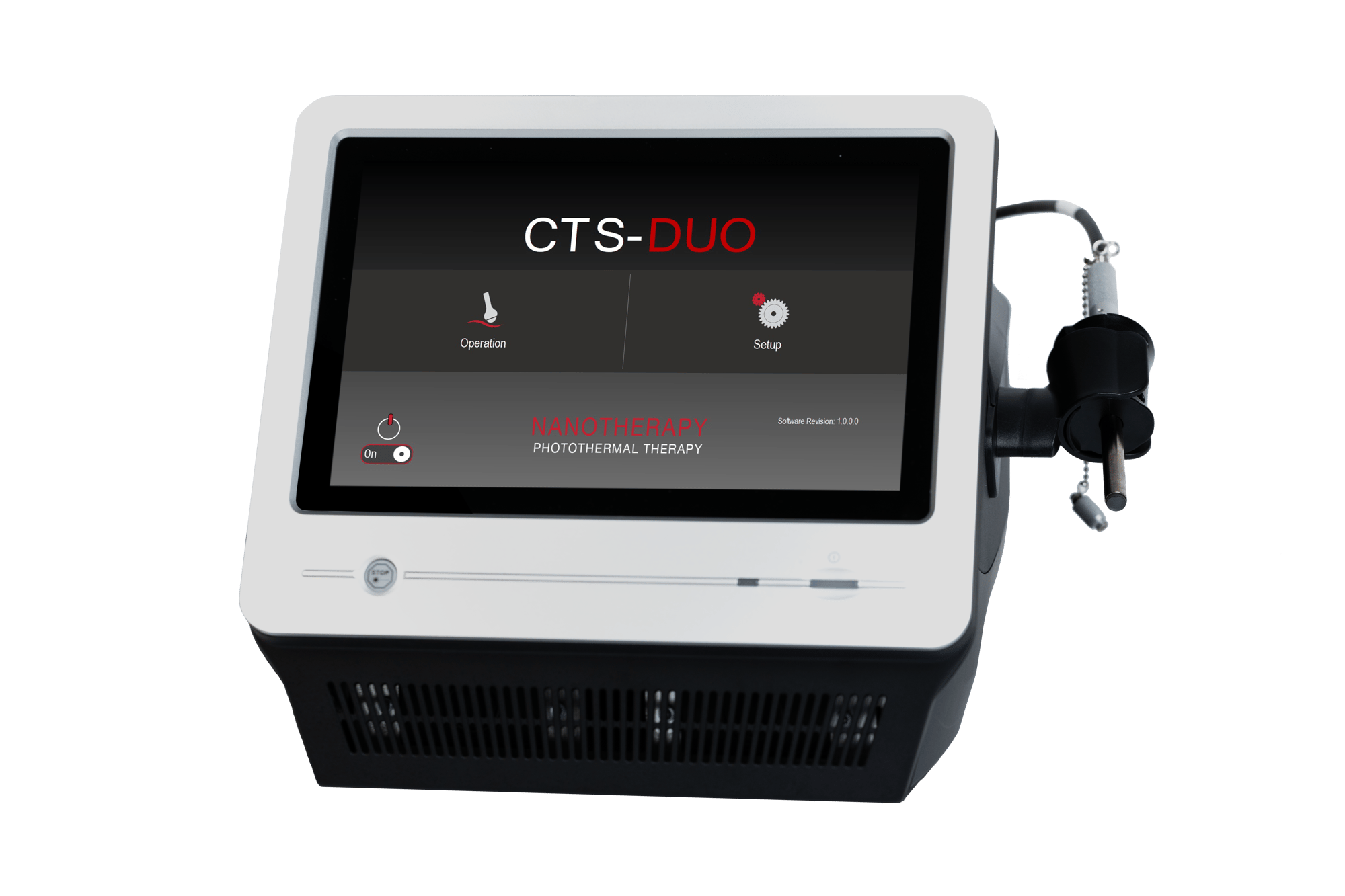
The Gold Standard—Literally
-
-
Gold nanoparticles are administered intravenously to circulate throughout the bloodstream. The unique tortuous vasculature of tumor tissue allows the nanoparticles to accumulate within the endothelium of the tumor’s vessels over a short period of time through a process known as the “enhanced permeability and retention” (EPR) effect. Following infusion, light energy in the near infrared spectrum is applied to the tissue with a specialized sapphire handpiece that excites the nanoparticles to generate heat, resulting in thermal ablation of the tissue. This process destroys cancerous tissue safely while minimally affecting any adjacent healthy tissue.



Case Study: Sheldon
Canine, Subcutaneous Mast Cell Tumor in the lip/buccal mucosa
Difficult to treat location on face because of the need to obtain wide surgical margins, 3cm margins in all directions. Obtaining these margins would require the removal of the patients jaw. Had 2 treatments due to unique location.
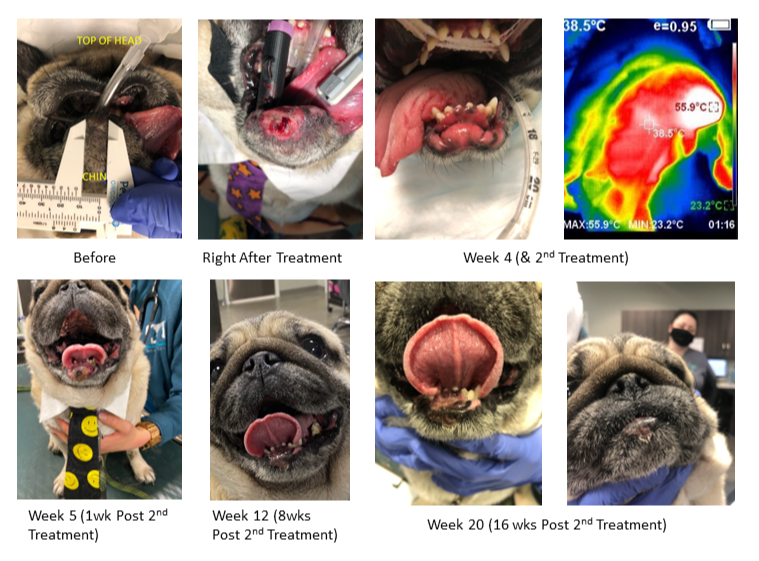
Case Study: Greta
Canine, Subcutaneous Mast Cell Tumor between the toes
Two middle toes would have had to been amputated.
These are weight-bearing digits for the dog, taking away the patient's ability to use this leg.
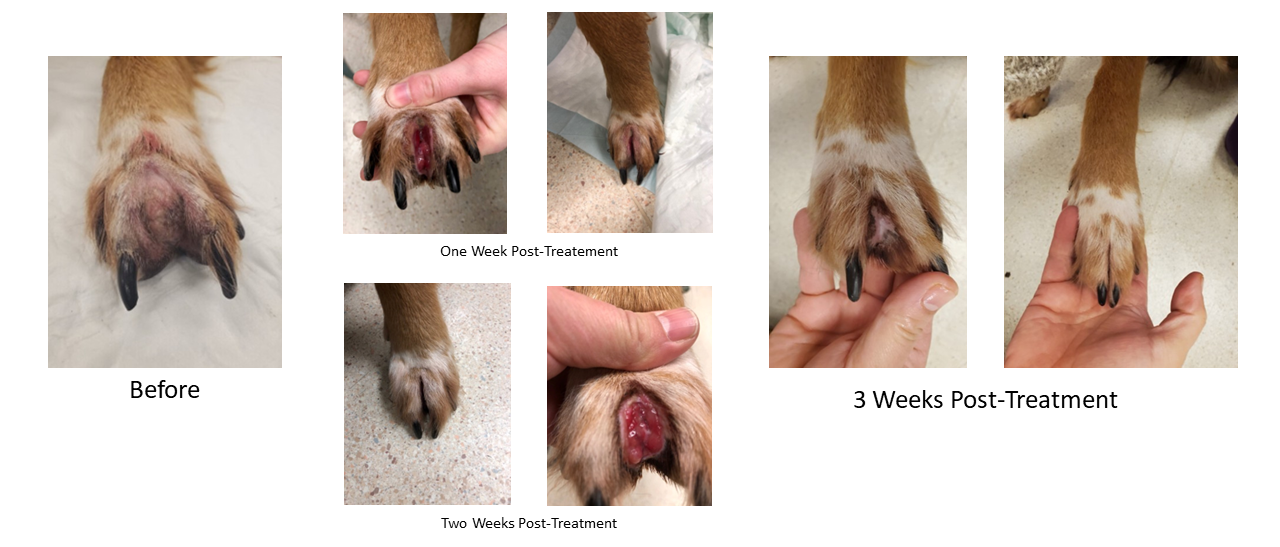
See Nanotherapy in Action
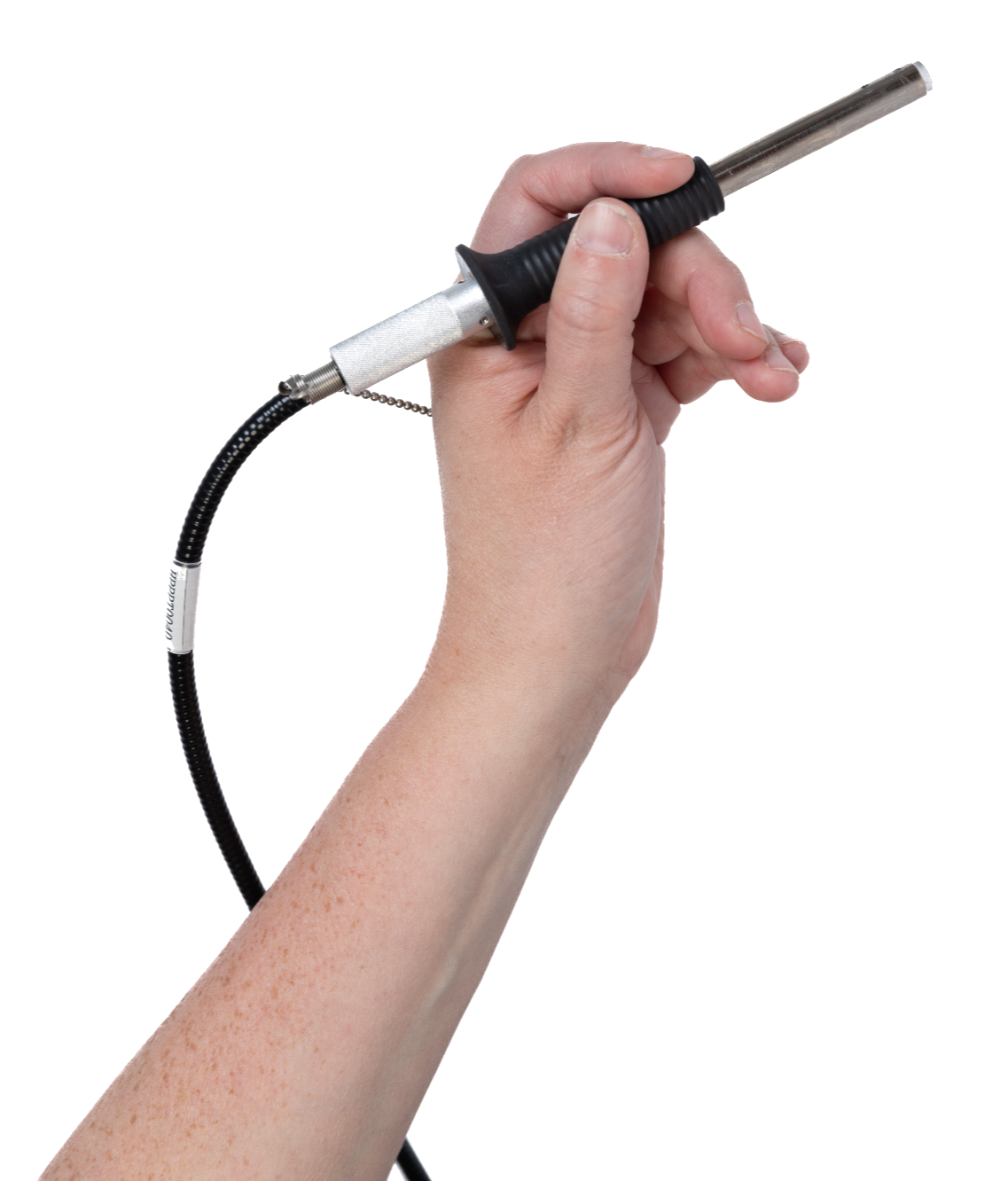
General Overview, Infusion, and Patient Preparation

Device Setup, Safety, & Treatment Records
.jpg?width=1920&height=1281&name=Nanotherapy%20Head%20(1).jpg)
General Treatment Techniques
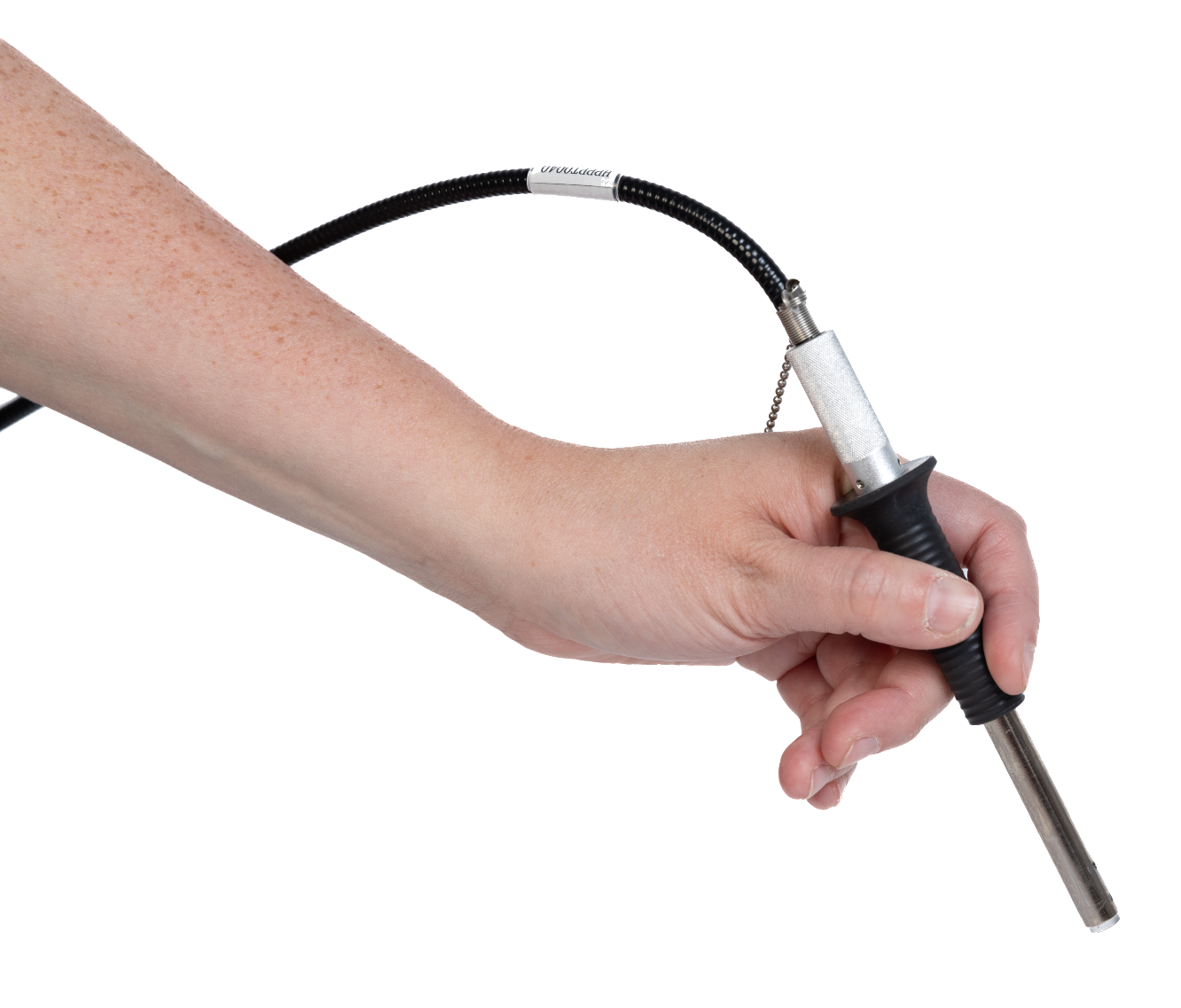
Miscellaneous Tips

Treating an Interdigital Low-Grade Mast Cell Tumor
*Disclaimer
Nanotherapy is indicated for canines for the treatment of small, low grade mast cell tumors that are ≤ 1.8 cm in diameter.
· Do not use Companion Nanotherapy system on subcutaneous mast cell tumors without first consulting with Companion Clinical team.
· Do not use if the mast cell tumor is high grade. Do not use if the size of the tumor is greater than 2cm diameter in any axis.
· It is recommended that the patient receive pre-medication of H1 receptor blocking agent (e.g. oral diphenhydramine) and H2 receptor blocking agent (e.g. oral famotidine) starting no later than the morning prior to treatment and continuing for at least 7 days. Steroids may be administered at the clinician’s discretion.
· In rare cases extensive wound formation and mast cell degranulation may be observed at the site of treatment, and in worst cases may even result in systemic anaphylaxis and/or death.
· Manipulation of tumor or palpation may trigger degranulation. Extreme attention should be exercised while irradiating mast cell tumors as rapid degranulation with accompanying hypotension, gastrointestinal ulceration, and anaphylactic shock can occur in the post-treatment period.
· Patients should be observed during and for subsequent 4-5 days after Nanotherapy treatment for signs of systemic mast cell degranulation such as discomfort, ulceration, edema, and bruising at or away from the treated area. If signs are observed, appropriate treatment should be started immediately in accordance with the clinician's discretion.
